
The Sucre State is one of the 23 states of Venezuela. The state capital is Cumaná city. Sucre State covers a total surface area of 11,800 km2 (4,600 sq mi) and, as of the 2011 census, had a population of 896,921. The most important river in the state is the Manzanares River.
The anthem for the Nueva Esparta State, Venezuela, was written by Miguel Ángel Mata Silva; and composed by Benigno Rodríguez Bruzual.
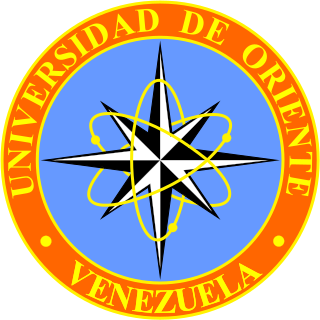
The University of Oriente Venezuela is one of the most important universities of Venezuela, located in Eastern Venezuela.
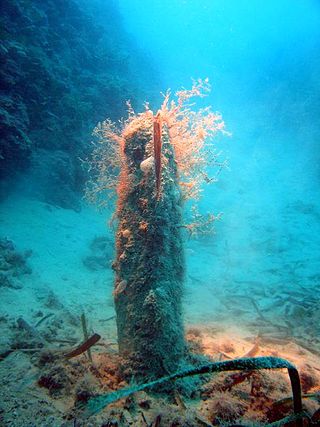
Pinna is a genus of bivalve molluscs belonging to the family Pinnidae.

Atrina is a cosmopolitan genus of bivalve molluscs belonging to the family Pinnidae.

Fernando Cervigón Marcos was a Spanish ichthyologist and marine biologist, who lived most of his life in Venezuela. He discovered and described numerous species of fish including the Caribbean roughshark and is author of numerous works on fish and Venezuela's ocean environment including Los Peces Marinos de Venezuela. He was the president of the Museo del Mar on Margarita Island, Nueva Esparta, Venezuela.

Phyllonotus margaritensis, common name the Margarita Murex, is a species of sea snail, a marine gastropod mollusk in the family Muricidae, the murex snails or rock snails.
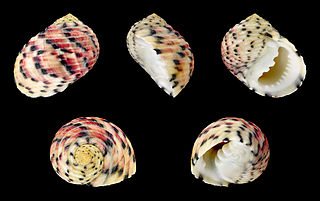
Nerita versicolor is a species of sea snail, a marine gastropod mollusk in the family Neritidae.

Pinna carnea, commonly called the amber pen shell, is a species of bivalve mollusc in the family Pinnidae.
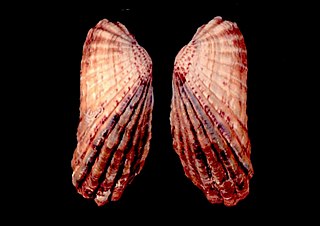
Carditamera gracilis, or the West Indian cardita, is a species of bivalve mollusc in the family Carditidae. It can be found off the coast of the West Indies.

Santa María de la Cabeza castle is a colonial castle built in the seventeenth century by the Spanish monarchy in the center of the city of Cumaná, Venezuela. It was built as a replacement for the San Antonio de la Eminencia castle. Its construction was ordered by Sancho Fernando de Angulo y Sandoval, governor of the Province of Cumaná. The building was designed using the trace italienne style popular during the seventeenth century, with a proportional geometric floor design. Bastions were used as the main defensive elements. The castle housed a garrison of 250 soldiers, and was the seat of government for the Province of Cumaná.

Vasum muricatum, common name the Caribbean vase, is a species of medium to large sea snail, a marine gastropod mollusk in the family Turbinellidae.
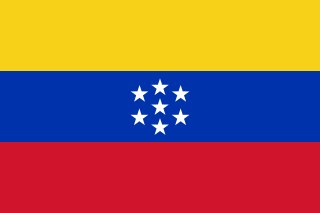
The United States of Venezuela was the official name of Venezuela, adopted in its 1864 constitution under the Juan Crisóstomo Falcón government. This remained the official name until 1953, when the constitution of that year renamed it the Republic of Venezuela. In 1999 under newly elected president Hugo Chavez and his modification to the Constitution, Venezuela's official name became the Bolivarian Republic of Venezuela.

Rafael Antonio Curra was a Venezuelan ichthyologist and university professor. He is considered one of the pioneers of oceanographic studies in his native country.

The Oceanographic Institute of Venezuela is an academic and research institution within the Universidad de Oriente which specializes in applied research and teaching in the fields of marine biology, oceanography and fisheries science.
















